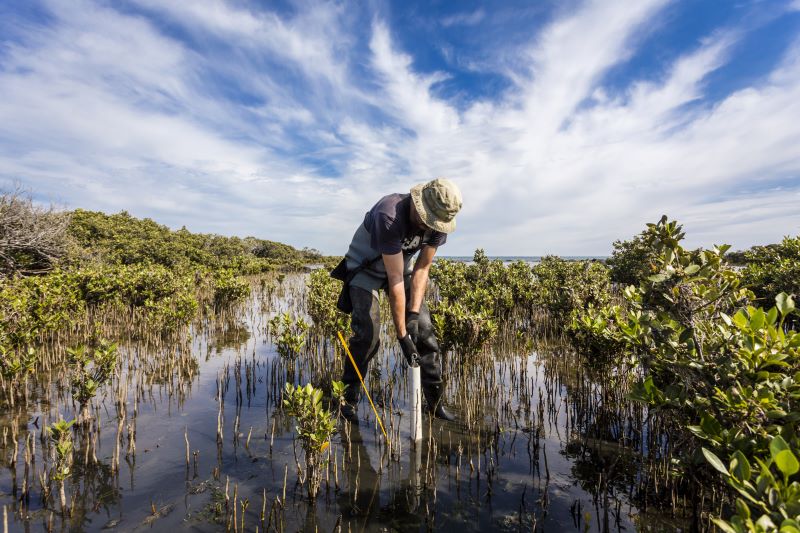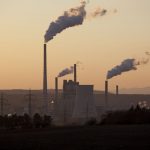What is a Carbon Sink and Why Are They Important?
- Categories:
- Climate Change
- Nature

What is a carbon sink?
A carbon sink is a natural environment that has the ability to absorb carbon dioxide from the atmosphere. It must absorb more carbon than it releases. Examples of carbon sinks on our planet include forests, the oceans and the soil.
It is the opposite of a carbon source, which is something that releases more carbon than it absorbs.
The different types of carbon sink
The most common carbon sinks are trees, soil and the ocean, meaning that environments such as the following are important: rainforests, oceans, mangroves, seagrasses, grasslands, peatlands, wetlands, coastal ecosystems and coral reefs.
Forests
It is estimated that the world’s forests absorb 2.6bn tonnes of carbon dioxide every year. Since trees need carbon dioxide to photosynthesise, they are responsible for removing it from the atmosphere. However, as the carbon is stored within the tree, when it dies, the carbon can then be released into the atmosphere.
The Oceans
The oceans are another carbon sink. Estimates vary but it is believed that the oceans absorb around a third of the amount of carbon dioxide that is produced by humans. The CO2 is dissolved into the oceans and is sequestered to the deeper waters. A major reason for the oceans’ ability to store this carbon is the marine algae, plankton and other plant life that can absorb the carbon.
Soil
Soil is also a vital carbon sink, with natural environments like peatlands responsible for removing a large amount of carbon from the atmosphere. However, unsustainable agriculture, as well as changing weather conditions, can threaten the quality of the soil, impacting its ability to sequester carbon.
Can a carbon sink become a carbon source?
In climate science, you can have events known as ‘tipping points’, which, if reached, can cause accelerated or irreversible change to the planet. One such potential tipping point that is concerning scientists is the fact that parts of the Amazon are producing more carbon than they can absorb, due to deforestation and wildfires.
They are worried that this vast rainforest that has been so important for absorbing carbon from the atmosphere could eventually tip over into becoming a carbon source rather than a sink. The more destruction that occurs to the forest, the more the remaining parts of the forest become vulnerable to fires and other forms of damage.
Why do we need to protect these environments?
While carbon is essential to life on Earth, human activity is upsetting the balance and we are releasing more carbon into the atmosphere than our planet’s natural carbon sinks are able to absorb. This is driven by the continued use of fossil fuels, which releases vast amounts of carbon into the atmosphere.
As the climate crisis accelerates, our carbon sinks are becoming more damaged, meaning they are less able to do the important work of absorbing carbon from the atmosphere.
You can help protect and expand the carbon sinks on our planet by supporting those charities working to preserve and restore them. Here at SearchScene, we donate the majority of our profits (95%) to climate-focused charities. This includes WWF, who are working to protect our forests, oceans and other valuable natural environments. We also support Eden Reforestaion Projects, who have now planted over 600 million trees internationally to replace carbon sinks that were destroyed in the past. Simply by using SearchScene (for free) when you search the web, you can support this vital work.










